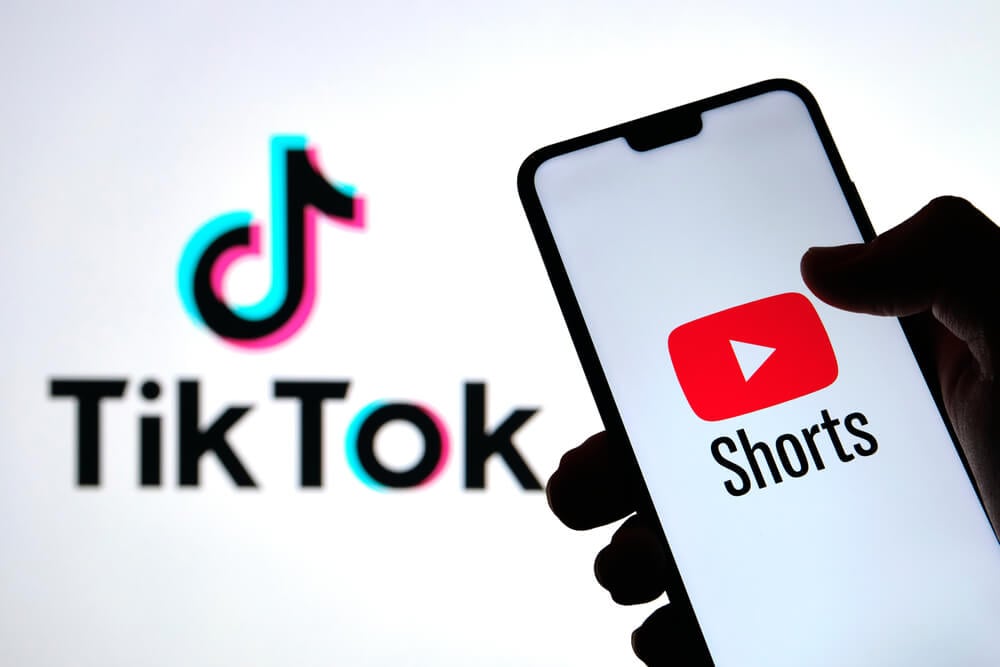Measuring the Success of Your Digital Marketing Efforts with KPIs

All brands want to know whether their digital marketing efforts were successful. All too often, they do not know how to measure or what to measure in order to get the numbers they're seeking. How can you determine whether your digital marketing efforts are helping you reach your goals? Use the right KPIs to determine the success of your campaign.
What Makes a Successful Digital Marketing Campaign?
Success looks different for each brand and for each campaign. It depends on your goals, the platforms you're on, the audience you're looking to reach, and the strength of your brand in the market. A brand that does not have a wide presence in the market, for example, may assume success at a lower increase in sales than a brand that already has a substantial corner in the market.
Start by considering the goal of your campaign. For example, if your goal is to increase brand awareness, you may be more interested in the number of people who visit your website than in the actual increase in sales. Conversely, if you're creating a campaign to promote a specific sale or product, you may want to track the increase in sales from that campaign more directly.
How to Measure the Success of Your Marketing Efforts
Measuring the success of your marketing efforts begins with evaluating the goals you set for your campaign in the beginning. Common KPIs may include:
- Impressions: The number of times consumers view your ad. Keep in mind that impressions do not require action on the part of the consumer.
- Followers: The number of people who follow your account on social media.
- Clicks: The number of actions that consumers take when interacting with your ad, including clicking through to visit another page.
- Web traffic: The number of visitors who come to your website.
- Engagement: The interactions with a particular ad or promotion. This may include likes, shares, or comments on the post.
- Bounce rate: How quickly consumers move away from your website or from a specific area, including how long customers interact with your website before moving on.
- Sales: The number of a specific item you sell or the amount of overall increase you see in your sales.
- Conversions: The number of leads that convert, whether making a purchase or signing up for a list.
- Form fills: The number of consumers who fill out your form, often joining your mailing list or providing other valuable information for your business.
- Phone calls: Customers who call in to learn more about your business.
- In-store traffic: The number of people who come into your store on foot.
Keep in mind the importance of identifying KPIs as they correlate to certain stages of the client funnel. For example, measuring impressions as the KPI with the bottom of the funnel tactics isn’t prudent for performance. Likewise, it would be just as bad to make form fills the primary KPI with top of the funnel tactics.
To determine your ROI, you have to identify the ideal KPIs for your campaign, then determine how to measure them. In many cases, you may need to start with a base number, then look at the increase you experience as a result of a campaign.
For example, you might start by evaluating your existing sales, then see how much they increase over the period of time assigned to a specific campaign. Likewise, if you're interested in the amount of web traffic you see from an ad or campaign, you might want to start with your existing daily web traffic, then see how it increases over the course of your campaign.
Other KPIs can be measured more directly. If you're looking at engagement, you may need to consider how a specific post or type of content generates reactions from your customers. Looking into the number of clicks an ad receives? While you may want to compare it to past successes, you can reasonably start with a measure of how many clicks the specific ad receives.
It's easy for a media partner to say, "Yes, we can increase your sales." Equally important, however, is how your media partner will accomplish those goals. How will it attribute back to your campaign? A good media partner thrives at measuring critical KPIs and will help you understand what worked. As a result, you will better understand the elements you need to measure success for your next campaign.
Related Posts
Unveiling the Secrets: CoxNext Experts Answer 5 Vital Questions on Enrollment Marketing!
May 24th, 202323 Retargeting Statistics You Need to Know
April 26th, 2023Why Partner With Multiple Agencies When One Is All You Need?
April 20th, 202310 Key Tips for Using Video Shorts in Social Media Marketing
April 12th, 20238 Reasons to Use Video Shorts in Marketing
April 5th, 2023What is a White Labeling Service and Why Should You Consider It?
March 29th, 2023What is the Future of TV Advertising?
March 22nd, 2023Marketing Solutions for Every Step of the Buyers’ Journey
March 13th, 20237 Ways to Know Your Marketing Isn’t Working
February 28th, 2023Categories
- Marketing Strategy (90)
- Digital Advertising (47)
- Digital Marketing (28)
- Content Marketing (17)
- OTT (16)
- ROI (13)
- Content Creative (12)
- Agency Partnerships (11)
- Social (10)
- Video (8)
- COVID-19 (7)
- Advanced Data (6)
- Research (6)
- Technology (6)
- Cox Enterprises News (5)
- Generational Marketing (5)
- Industry: Travel (5)
- Industry: eCommerce (5)
- Advertising Budget (4)
- Industry: Higher Education (4)
- Social Media Marketing (4)
- E-commerce (3)
- Podcasts (3)
- Recruitment Marketing (3)
- Search (3)
- Social Media (3)
- Branding (2)
- Inclusive Marketing (2)
- Industry: Cannabis (2)
- Industry: Home Improvement (2)
- marketing budget (2)
- CoxNext News (1)
- Industry - Automotive (1)
- Industry: Healthcare (1)
- Influencer Marketing (1)
- Podcast Advertising (1)
- Privacy (1)
- working with an agency (1)












